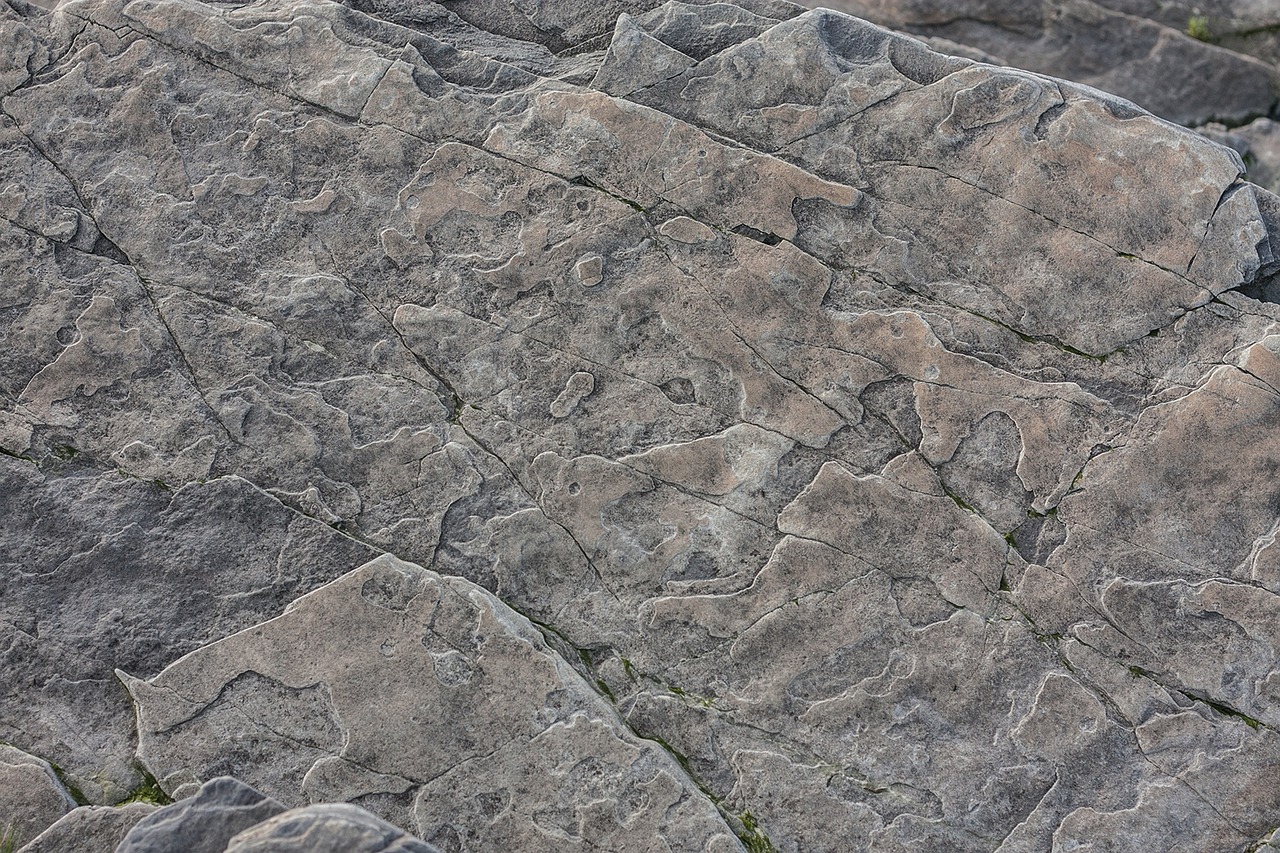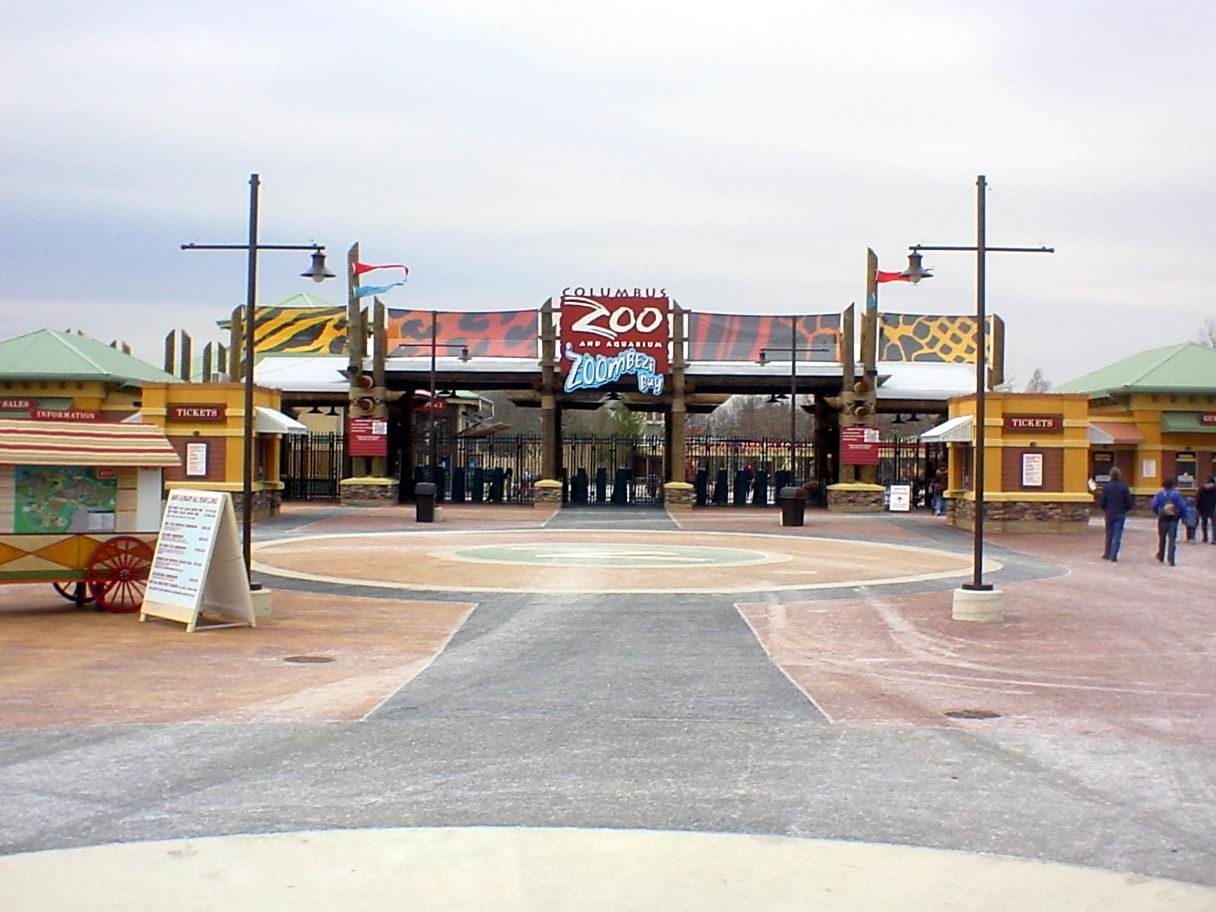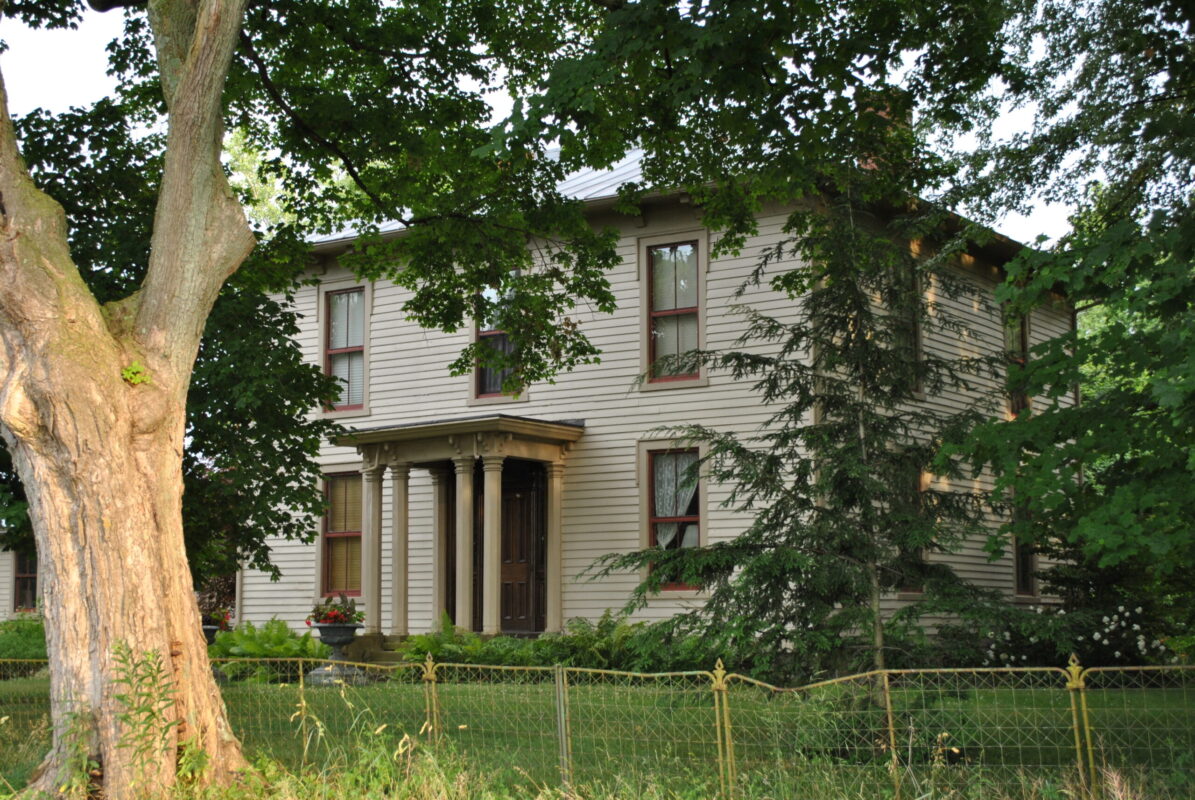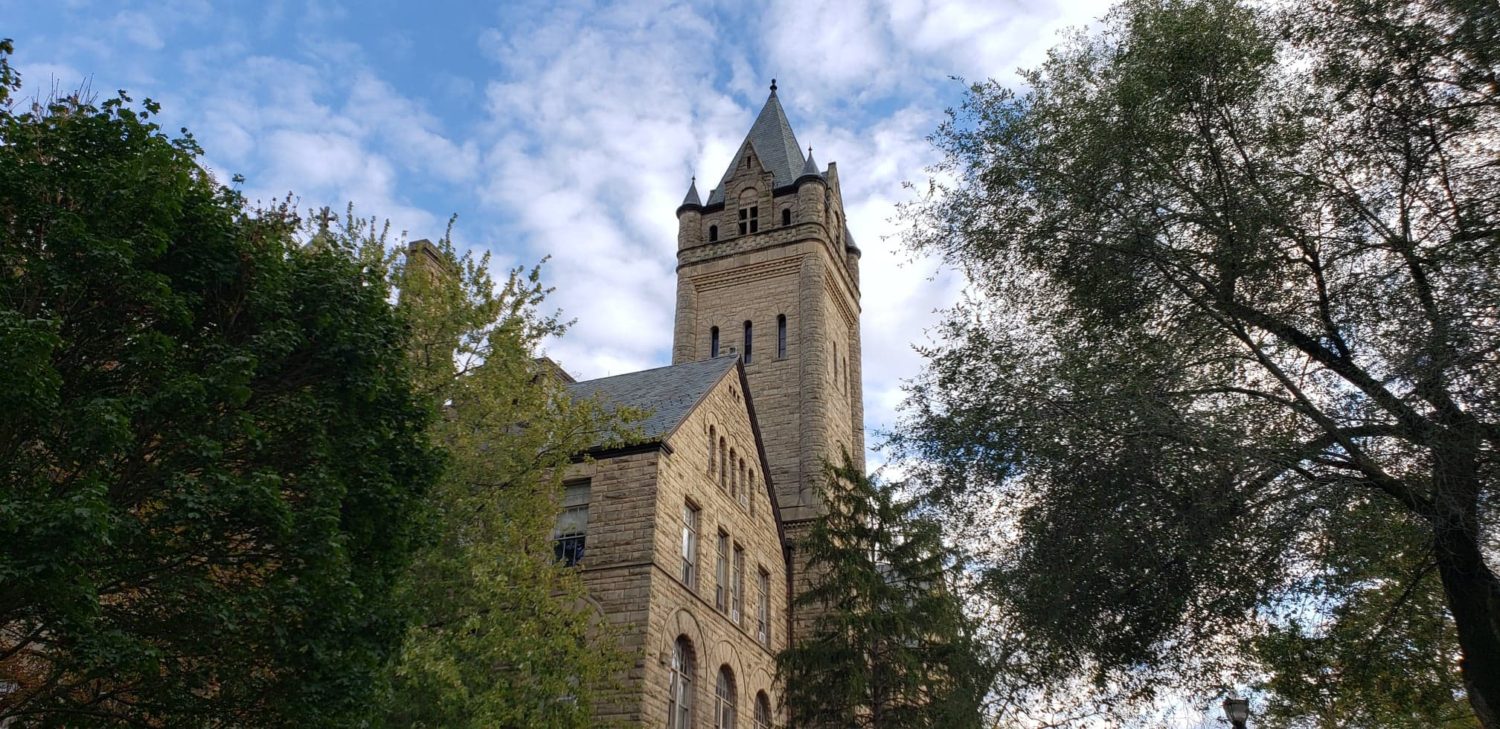By 1808Delaware
On August 30 from 3:30 PM to 4:30 PM, Delaware State Park invites visitors to explore the fascinating geological history of Delaware County. Set against the backdrop of the park’s natural beauty, this interactive session will be led by a knowledgeable naturalist, offering an engaging opportunity to delve into the region’s ancient past. Whether you’re checking in for a weekend getaway or just passing through, this is a perfect chance to learn about the rocks beneath your feet.
Delaware County: A Geological Gem
Delaware County boasts a diverse geological landscape, where ancient bedrock meets the remnants of glacial activity. The area’s history is recorded in its rocks, from the oldest exposed formations to the more recent glacial deposits that have shaped the terrain.
Bedrock Wonders
The bedrock of Delaware County primarily consists of sedimentary rocks, including limestone and shale, formed during the Paleozoic Era when much of Ohio was submerged under a shallow sea. Key formations include:
- Delaware Limestone: The oldest exposed rock in the county, dating back to the Middle Devonian period. This formation is rich in carbonate remains from marine organisms that thrived in the ancient sea.
- Ohio Shale: This hydrocarbon-rich shale is prominently exposed in areas like Shale Hollow Park. It is not only a significant source of oil and gas but also notable for its unique spherical concretions.
- Olentangy Shale: Lying beneath the Ohio Shale, this formation is part of the sedimentary sequence that reveals much about the ancient environments of the region.
Glacial Legacy
The Pleistocene Epoch brought massive glaciers to Delaware County, dramatically altering the landscape. As the glaciers advanced and retreated, they left behind a variety of geological features:
- Glacial Till: A mix of clay, sand, gravel, and boulders, covering much of the county’s surface. This till, a direct result of glacial erosion and deposition, offers a glimpse into the region’s icy past.
- End Moraines: These linear hills of glacial debris mark the furthest advances of the glaciers. Notable examples in Delaware County include the Powell and Broadway End Moraines.
Karst Landscapes
Western Delaware County is known for its karst topography, characterized by sinkholes and caverns. These features form through the dissolution of underlying limestone by groundwater, creating a dynamic and evolving landscape. The Ohio Geological Survey has extensively mapped these karst formations to understand their impact on the county’s terrain.
Physiographic Divisions
Delaware County is part of the Central Lowland physiographic province, a region defined by its gently rolling terrain. The landscape, shaped by both bedrock and glacial processes, includes river valleys like that of the Olentangy River, which cuts through sedimentary layers to expose the underlying geology.
Why Attend?
Whether you’re a geology enthusiast, a nature lover, or simply curious about the world beneath your feet, this session offers a unique opportunity to connect with the natural history of Delaware County. You’ll leave with a deeper appreciation of how ancient seas, glacial movements, and ongoing erosion have shaped the landscape we see today.
Event Details:
- Date: August 30, 2024
- Time: 3:30 PM to 4:30 PM
- Location: Delaware State Park, 5202 US-23, Delaware County, Ohio
Bring your questions, your curiosity, and perhaps even a rock or two to share! This is a great way to start your weekend at the park and discover the ancient stories hidden in the stones around you.
Image by Alex Mercier from Pixabay










